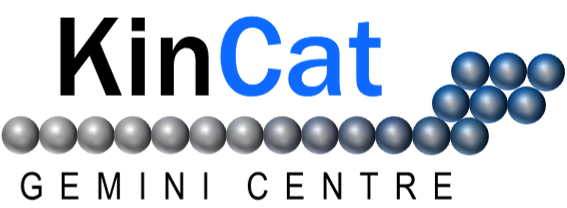HSE
Health, Safety and Environment (HSE)
Our laboratories are designed for ambitious chemistry under safe conditions. In the KinCat Catalysis Group, researchers work with challenging processes — high pressures, high temperatures, corrosive and hazradous chemicals and gases — in facilities built to manage them safely.
Every project is supported by NTNU’s strong HSE framework, combining modern infrastructure with thorough training and supervision. Students and collaborators are introduced to safe laboratory practice from day one, ensuring that cutting-edge experiments can be carried out responsibly without compromise on safety.
We take pride in maintaining a well-equipped and supportive environment where advanced catalysis research can thrive responsibly.
